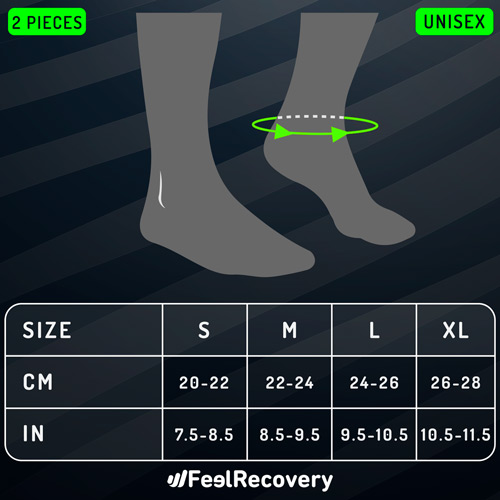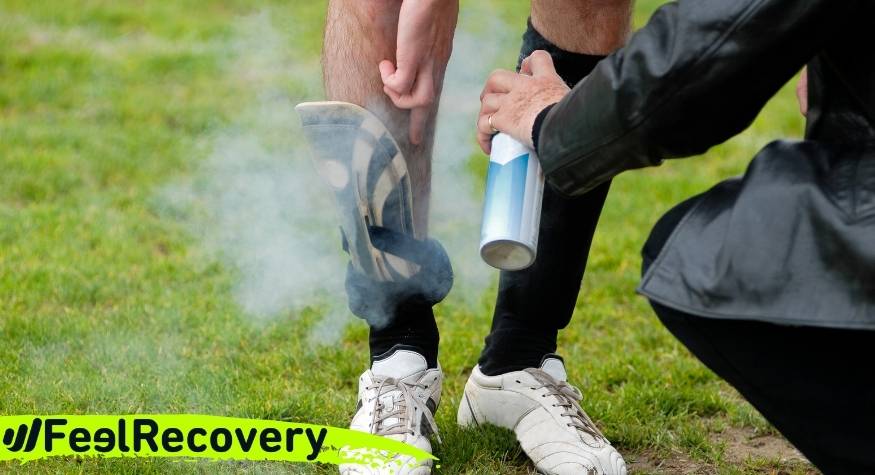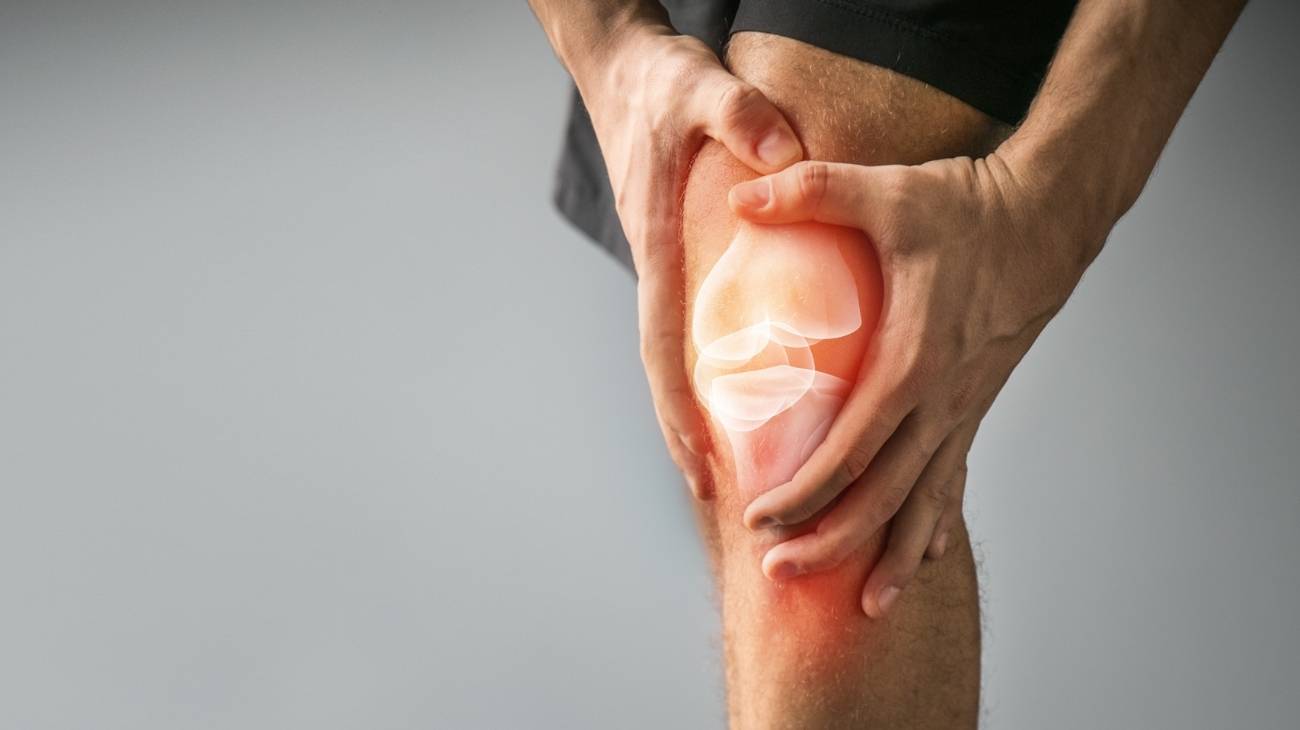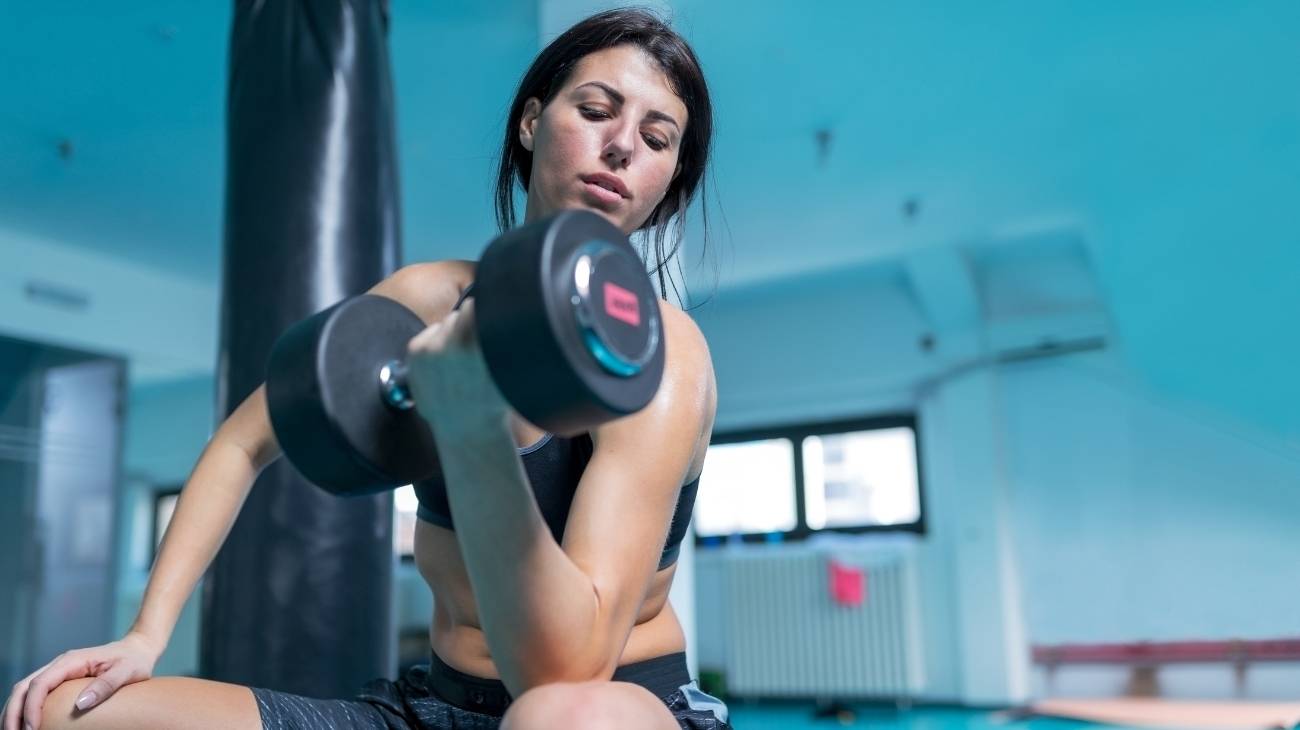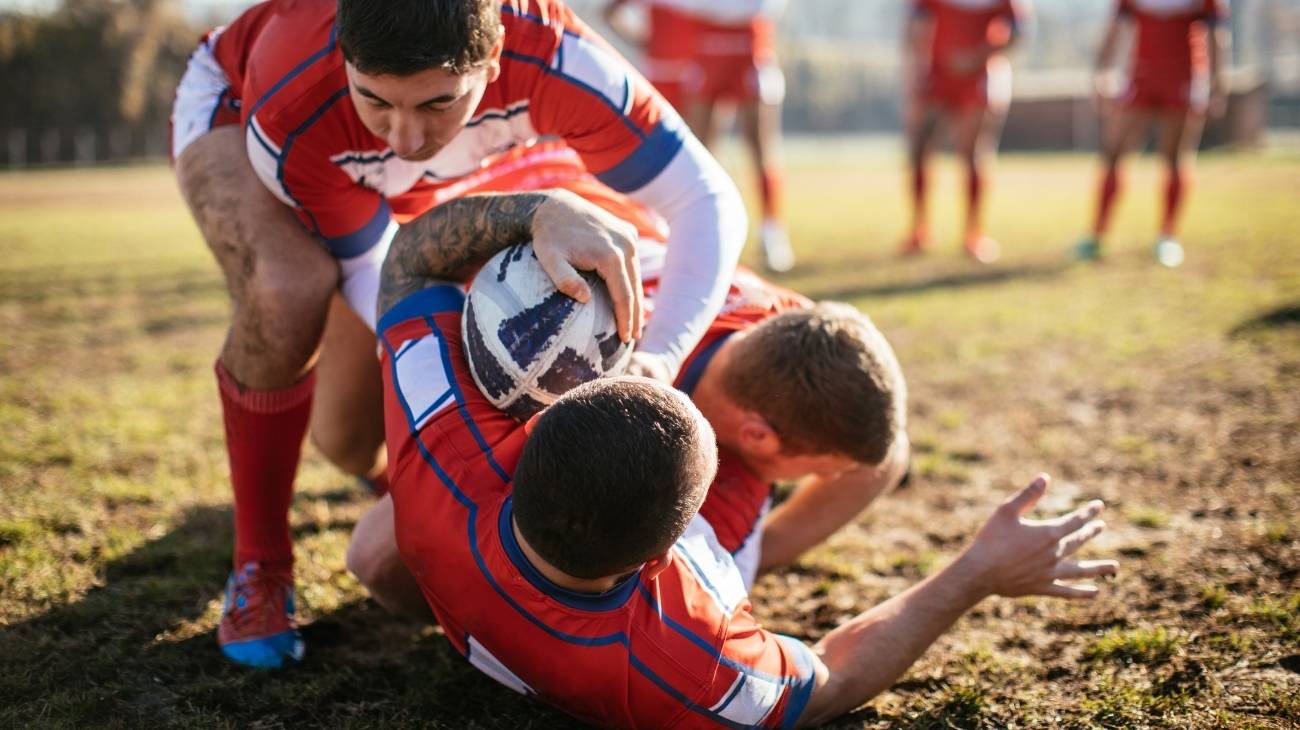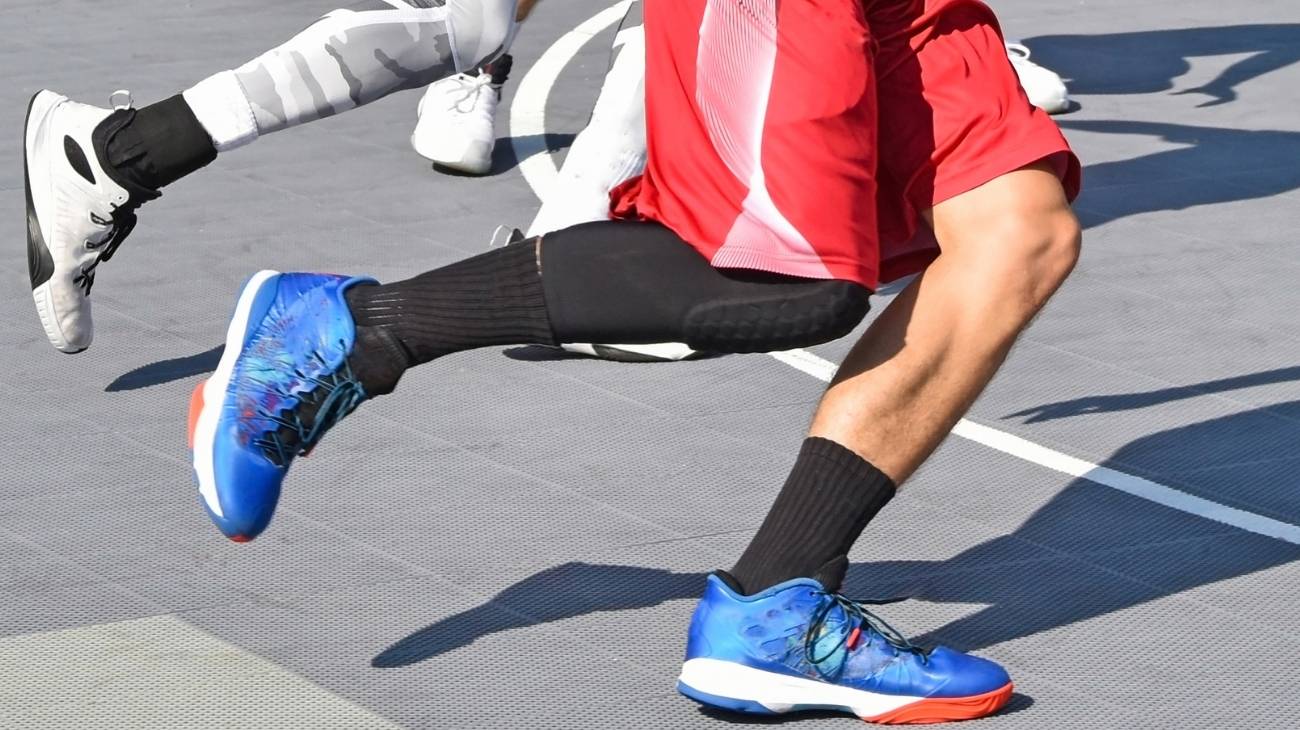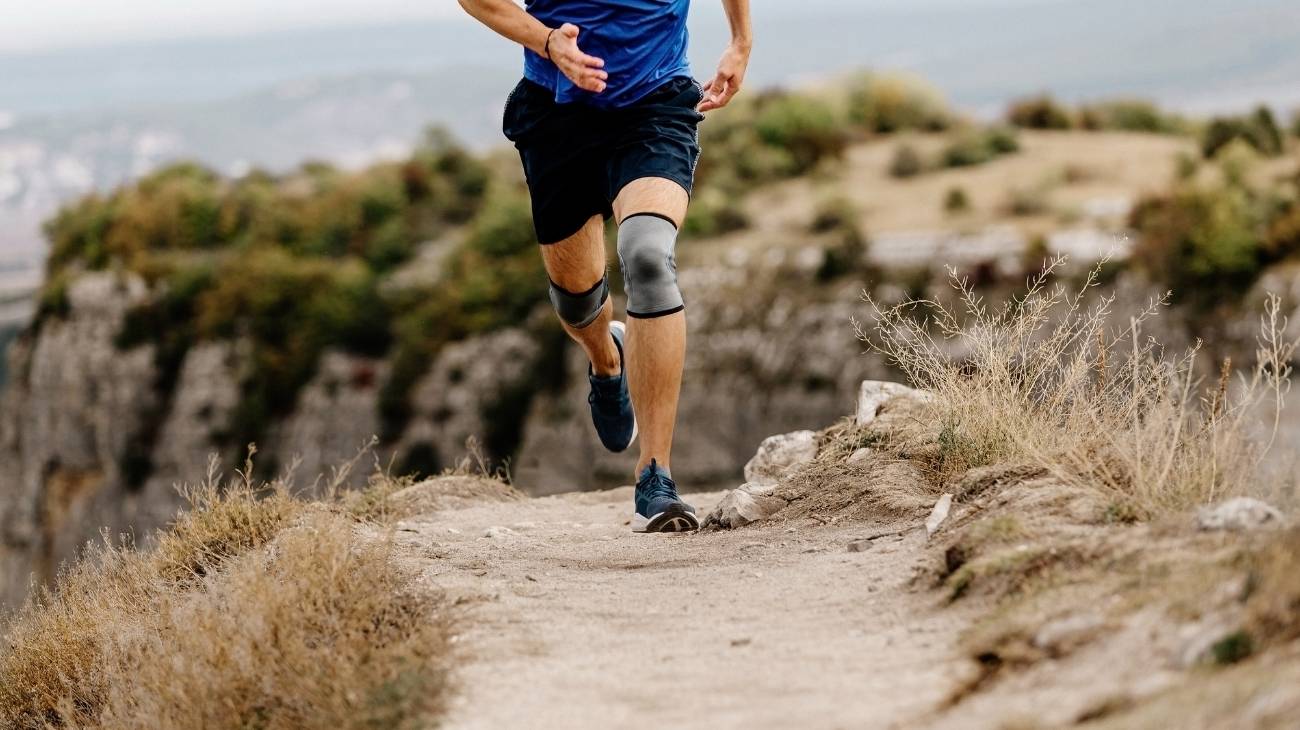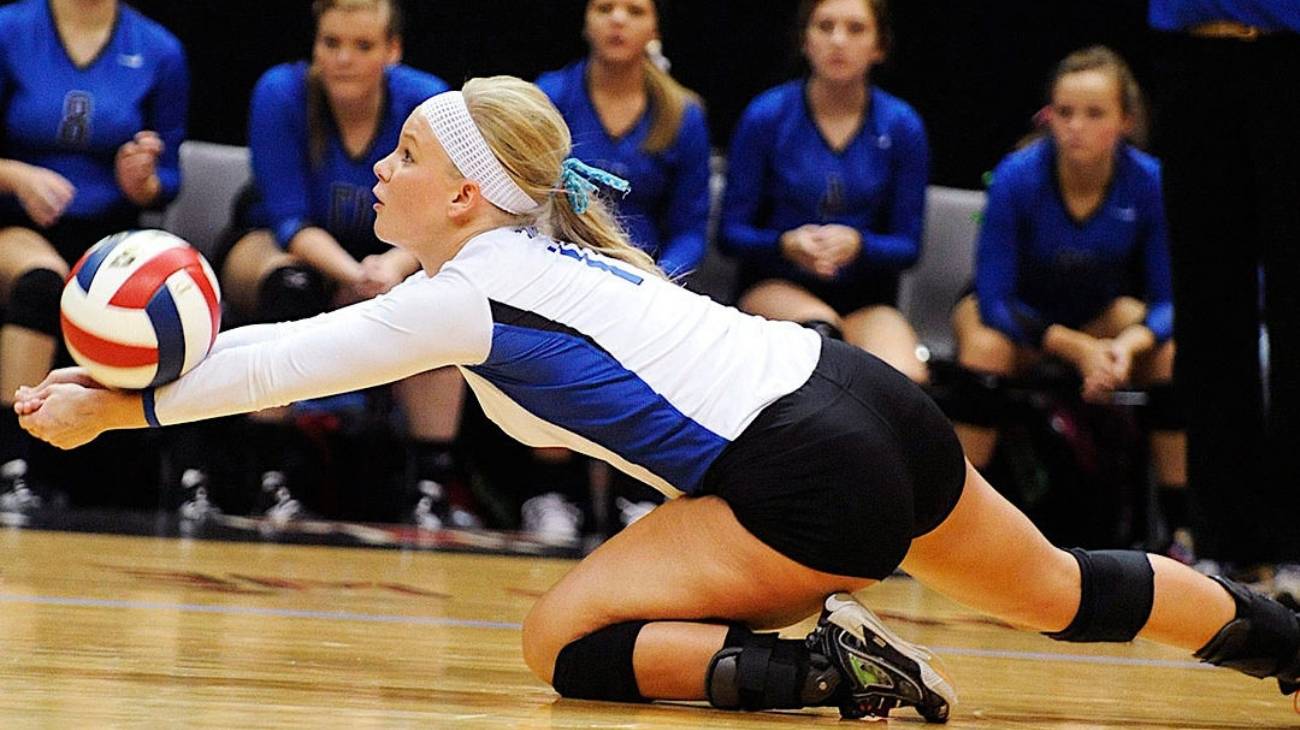Football is the most popular sport in the world. Some people play it for fun, others are professionals in the field. Although, it is such a wonderful and beneficial discipline for the health, it is also true that they are prone to suffer injuries, and more regularly in the ankle, for being the joint that must mobilize constantly to develop the game.
The best and easiest solution to avoid and reduce any ankle injury are the sports compression ankle sleeves, which are used on the playing field due to the extent of its advantages, therefore, in the following article you will find information such as: characteristics, types, function and even the frequent injuries in football.
What are the most common ankle injuries when playing football?
Accidents are common in everyday life, but if you are a footballer, the chances increase exponentially. On the field of play, footballers are exposed to ankle injuries due to the constant use they make of their ankles to play the sport. This exposes this joint in constant danger and therefore, the promising future of the footballer.
Below you will find the most frequent injuries in football players, either in a match or during training:
Ankle sprain
An ankle sprain is an abnormal or abrupt stretching of the ankle joint, which may be partially torn. The severity of an ankle sprain is measured at different levels, determining how much recovery time the player will need to take before safely returning to practice.
Sprains can occur when the foot is in an inverted position, where the sole of the foot is in one direction and the lateral side in another, coupled with overstretching of the joint or trauma. It should be noted that it is the most common injury in this sport due to the constant sudden movements that are made.
Ankle fracture
A fracture is a partial or complete break of one or more bones, depending on the trauma received by the footballer, in the tibia or fibula, which allow forward and backward movements respectively. It can occur when a footballer suffers a strong collision with an opponent or a fall on the ankle, causing this rupture in the bones that compose it, with certain similarity to a sprain but with greater consequences, it could even require surgery and recovery time.
Injuries to the peroneal tendon or tendonitis
A tendon is a tissue that connects a muscle to a bone. In the foot, these tendons are found behind the outer bone of the ankle, whose main function is to stabilise this lower joint of the body, protecting it from sprains. On the field of play, these injuries are caused by overloading these tendons, due to the continuous demands made by the footballer if he does not rest or recover after matches and training sessions, as well as natural wear and tear due to the player's age. In more serious cases it can cause tears.
Chronic ankle instability
If a player has continuously suffered from sprains, a condition called chronic instability develops. It is a condition that is characterised by the ankle not standing firm but bending. The footballer who suffers from this condition is very prone to injury, because every time he sprints due to the deviation, he will be causing the muscles to receive more weight and the pressure on the ankle to be excessive. In addition to pain in the area, serious injuries such as tears, which take several weeks to recover from, are more likely to occur.
Footballer's ankle
So common are injuries in footballers that this one is even named after them. It is the compression of a muscle in the front part of the ankle, originating from repeated trauma to the ankle joint or poorly treated sprains. In the worst cases it can cause early osteoarthritis, resulting in plaques between the tibia and talus. The injury originates as a result of repeated trauma to the ankle, from blows to simple ball shots, causing swelling and pain in the player when resting the foot. Treatments can vary, without ruling out surgical intervention.
Bestseller
What types of sports ankle braces are best for football injuries?
Ankle braces have expanded so much in the world of sports that there are very few disciplines that do not use them officially. Football, being a practice so prone to suffer ankle injuries, has achieved in these garments, the treatment required to avoid all kinds of accidents caused in that area.
Being so demanded, they have created a wide variety of sports ankle braces for a variety of functions, each type is manufactured to be used depending on the need of each person or player, as they can work to relieve pain, recovery, increased performance and more.
Here are the best ankle braces for football injuries:
Ankle compression sleeves
They are especially aimed at football players regardless of category, due to their great protection and safety. The elastic compression ankle braces avoid suffering from any sprains that may occur on the field, also has a very modern design with open heel allowing a perfect fit to the ankle, providing support and stability without causing discomfort thanks to its elasticity.
This compressive garment improves circulation, offers immediate relief from multiple ailments, prevents and improves injuries, and do not worry about perspiration, because sweat is also solved with the elastic ankle braces, because they use high quality fabrics such as elastane, nylon and others, which are complemented with materials for high performance.
Neoprene ankle brace
One of the best sports ankle braces that can be found are the neoprene ones, which are recommended for use in cases of grade 1 and 2 injuries, i.e. mild or moderate, such as first level sprains, tendinitis (tendon overload) and post-operative previously assigned by a specialist.
The neoprene ankle brace is one of the most widely used because it provides stabilisation and a thermo-compression system, which is useful for relieving pain and aiding recovery. Another of its benefits is its adaptability to the affected area, without causing any kind of discomfort on the instep.
Elastic ankle brace
This type of ankle brace is aimed at footballers who have suffered an acute ankle injury, suffer from instability, or are prone to accidents in the ankle joint, and is even used for mild osteoarthritis. The tubular elastic ankle brace offers relief from inflammation of the affected area, providing warmth and firm but comfortable and homogeneous support.
Ankle strapping
Footballers use these garments, long before they suffer an ankle injury, because of how common it has become to use bandaging to prevent sprains. Physiotherapy professionals advise the use of ankle strapping if they have suffered repeated foot trauma. Also for prevention, which should be used correctly and not tightened in a way that prevents easy movement of the foot, as this would cause greater problems in the future. This ankle brace serves to stabilise and protect the ankle. You will be able to wear it with any type of footwear due to its easy adaptation, providing comfort and discretion. Undoubtedly, of great benefit during the game.
Ankle brace with cross stabilisation system
It is different from the rest because it uses an ankle wrapping system in the shape of an 8, leaving the athlete's heel free. It is used both for the prevention and recovery of injuries, such as grade I sprains, mild osteoarticular instability, laxity or prophylaxis of ligament injuries, providing limitation of movements that can hurt the player, as well as stability, good support and improved sensitivity.
What features should you consider before choosing the best sports ankle brace for football?
As explained throughout this article, there are ankle injuries and in turn ankle braces for football players of various models, but not only by the type of injury you can choose a garment, because there are several features that allow you to choose it as its functionality, materials, price, design and more. These will be discussed in the following section:
According to their function
- Ankle sleeves for pain relief: The ankle brace you choose should support the joint through compression, i.e., be held firmly but without exerting inappropriate pressure to the area to be treated, this helps to better rehabilitation by relieving pain because the ankle does not make movements that affect the injured muscles. There are even ankle braces with gel on the sides to apply cold, which every footballer should use for a more effective recovery.
- Ankle braces for protection: One of their main and most requested functions is protection. This means that the sports ankle brace will provide stability in every minute of the match, from a simple step to a run towards the rival goal, the ankle will be protected from any bad movement, sprains and traumatisms. Undoubtedly, essential for every football player.
- Support ankle braces: One of their main functions is to support the joint. Manufactured with light, adaptable and compressive materials that provide excellent support for the ankle, protecting it on any type of grass or pitch, regardless of the unevenness of the surface.
- Stabilisation ankle supports: Sports ankle braces, despite not being for post-operative processes, offer sufficient stability so that the player can perform any movement without fear of suffering sprains, dislocations and other traumas that are detrimental to the professional career and life in general of any athlete. There are several models, with different materials which can be used together with the footwear without being uncomfortable when running or shooting.
Manufacturing material
Ankle braces have evolved and incorporated a variety of materials according to the needs and priorities of each person. Trying to avoid skin allergy problems and with antibacterial products. If you take good care of the garment, you will be able to extend its durability, in addition to greater flexibility, without losing its stabilising or transpiration function.
- Nylon is an elastic and resistant textile fibre, used in the manufacture of fabrics and knitted fabrics, as well as bristles and fishing lines.
- Neoprene is a polymer derived from rubber, one of its main benefits is flexibility, compression and support.
- It may also be made from yarns of wool, linen, silk or other textile fibres.
Type of support
Some of the great benefits of ankle braces are injury prevention and quick recovery, but all this is largely thanks to the support it has, as a weak one would cause the ankle to be exposed to sprains, and a very strong one would cause pain and problems in the joint.
Some of the most recommended types of support are:
- Velcro: This fastening system works to fasten around the ankle, working at the same time as a stabiliser to prevent movement affecting the player, but without preventing the foot from moving forwards and backwards. They are the most commonly used by players as they can be adjusted perfectly in a short time.
- Bandage: They are placed using the cross bandage, which is adjusted on the top of the foot. They are used for tendinitis as well as for minor injuries or post-operative injuries. They are very useful as long as the player uses them correctly, as they provide total protection and care.
- Braids: Ankle braces with braids are those whose design is similar to a shoe, since the straps must be intertwined to exert pressure, causing a stabilising effect on the ankle. They are the least common in comparison with other types of support due to the time it can take with the braid and the lack of visual appeal for a match.
Size
The size is as important as the materials it is made of. A fancy ankle brace is useless if it doesn't fit your foot. It has to blend the ability to stabilise and support the joint, but not prevent blood flow properly.
| SIZE | S | M | L | XL |
|---|---|---|---|---|
| CM | 20-22 | 22-24 | 24-26 | 26-28 |
| IN | 7.5-8.5 | 8.5-9.5 | 9.5-10.5 | 10.5-11.5 |
| WHERE TO MEASURE? | ||||
| The circumference is measured right at the ankle bone (*See image) *Note: If after measuring you are between two sizes, choose the larger size |
||||
Design
Design is a key part of choosing a new pair of football ankle braces. Although the most important thing is that they provide stability and safety, it is also important that they match your team's uniform. And the fact is that the sport that most promoted the use of the garment was football players, due to the great utility it has been for them to improve their performance, avoid injuries and more. All in a single piece that is also very pleasing to the eye.
Currently there are a variety of models and colours for ankle braces, which depending on the price, offer reinforced designs to provide greater protection, as well as padded on the sides; all under a really modern presentation and extremely light that will make you feel like a professional, if you are not already one, without any discomfort when using them.
Price
The costs of ankle braces vary due to various factors, such as the materials used, design, function and quality of manufacture. It is not recommended to skimp on buying cheap sports ankle braces as these do not have the quality controls and their function is limited in time.
Do compression ankle braces for football really work?
In football, over time, the materials used on the pitch have changed, both in training and in matches, protecting the integrity of the player. In this case, ankle braces are used by football players due to the recommendations made by specialists in the area, as they are based on different studies and research carried out from decades ago to the present, in order to know their functionality in therapeutic and sporting aspects.
There are many advantages that players get when using compression ankle sleeves, as it not only helps them to prevent and heal injuries, it can also increase sports performance, a much faster recovery after training, better blood circulation, pain relief, reduction of inflammation, a proper temperature in the joint, and much more.
If you really want to become a professional footballer you should always demand the best from yourself, this includes having excellent protective equipment. Many skilled players have had their careers ended by ankle injuries. Avoid them and protect yourself by wearing sports ankle braces from training to the field of play.








